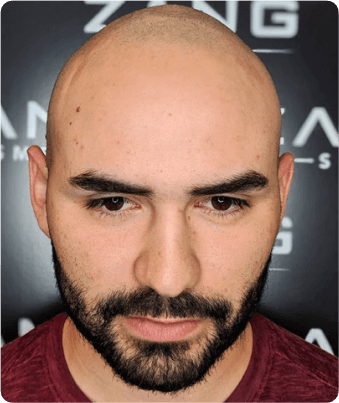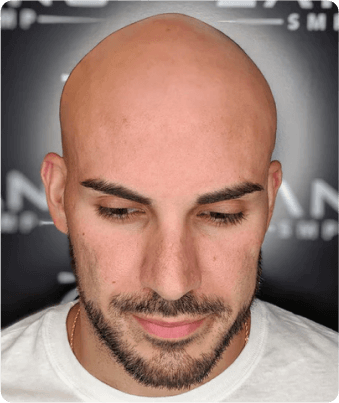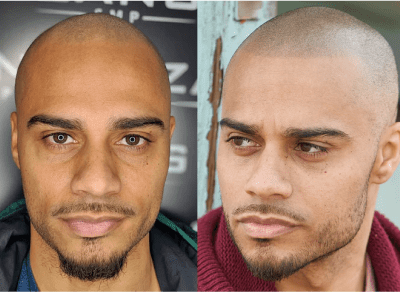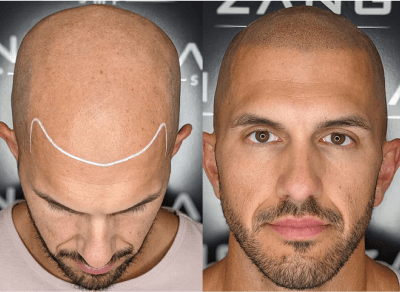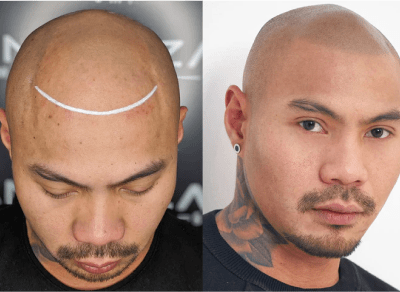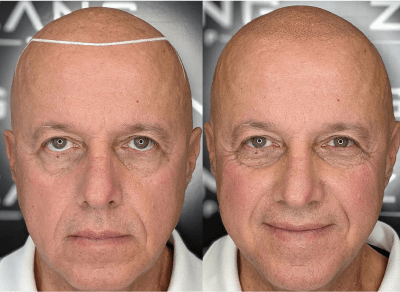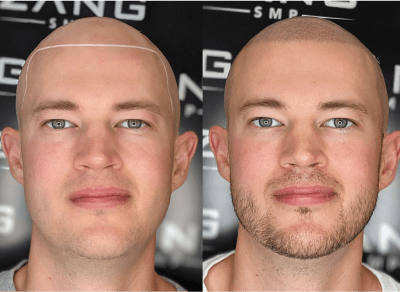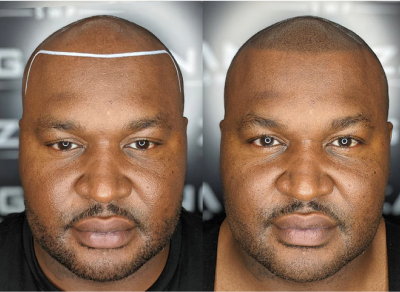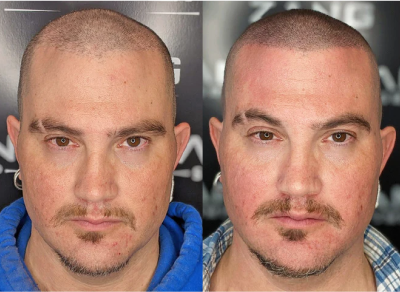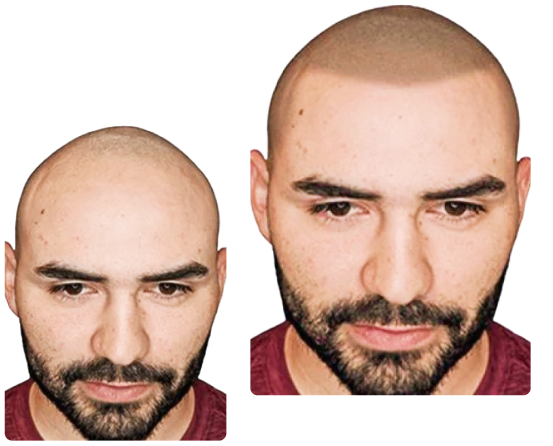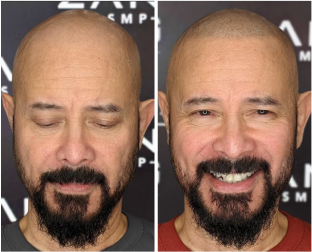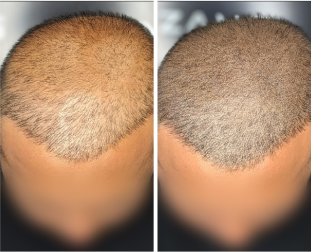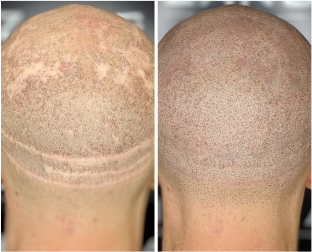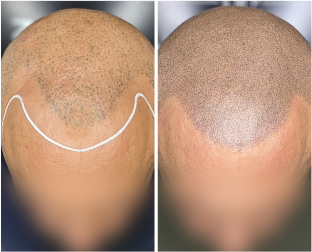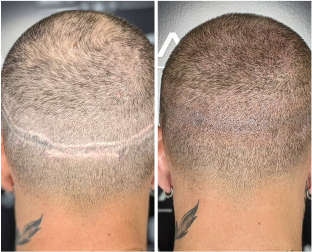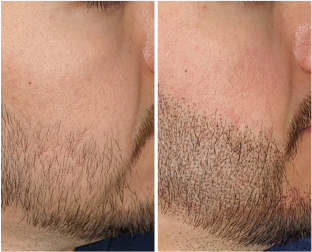How is Male Pattern Baldness Diagnosed and How Does it Influence Hair Loss?
Male pattern baldness typically affects the hairline and crown, leading to noticeable hair loss. Genetics and hormones are the primary causes of this condition and similar hair disorders, but there are effective ways to address the issue.
Stages of Male Pattern Baldness
The Hamilton-Norwood scale helps assess how hair loss progresses, from stage 1 with minimal hair loss to stage 7, where the top of the head is completely bald.
In stages 1 to 3, hairline recession is noticeable but not severe.
By stages 4 and 5, there is significant thinning in both the hairline and crown. Stages 6 and 7 are characterized by nearly total baldness on the top of the head.
Occasionally, male pattern baldness may show up as thinning across the entire scalp or as isolated thinning at the crown, without the hairline being affected.
Treatment For Male Pattern Hair Loss: Scalp Micropigmentation
Scalp Micropigmentation (SMP) is a state-of-the-art solution to combat male-pattern baldness, providing a non-surgical alternative to hair restoration. This innovative technique involves carefully applying specialized pigments to the scalp to replicate natural hair follicles, creating the appearance of a clean, buzzed hairstyle.
Unlike hair transplants, which are limited by available donor hair, SMP offers immediate, consistent results without the need for invasive procedures or long recovery periods. It’s a versatile option for men at any stage of hair loss, whether they are just starting to notice thinning or have already experienced significant hair loss.
At Zang SMP in Santa Ana, we are proud to use organic, plant-based pigments that are both safe and effective for our clients. Our experienced practitioners skillfully apply the pigments to match your natural hair color, ensuring a seamless, natural look. We tailor each treatment to your specific needs to create a perfect, authentic appearance.
For those frustrated by hair loss and its emotional impact, SMP is a life-changing solution. This non-invasive treatment restores confidence by delivering a natural, youthful look without the discomfort and downtime of traditional hair restoration options.
The typical SMP treatment process involves two to three sessions. The first two sessions are spaced about a week apart, while an optional third session, scheduled 1 to 3 months later, ensures the best results, providing you with a perfectly refined look.

